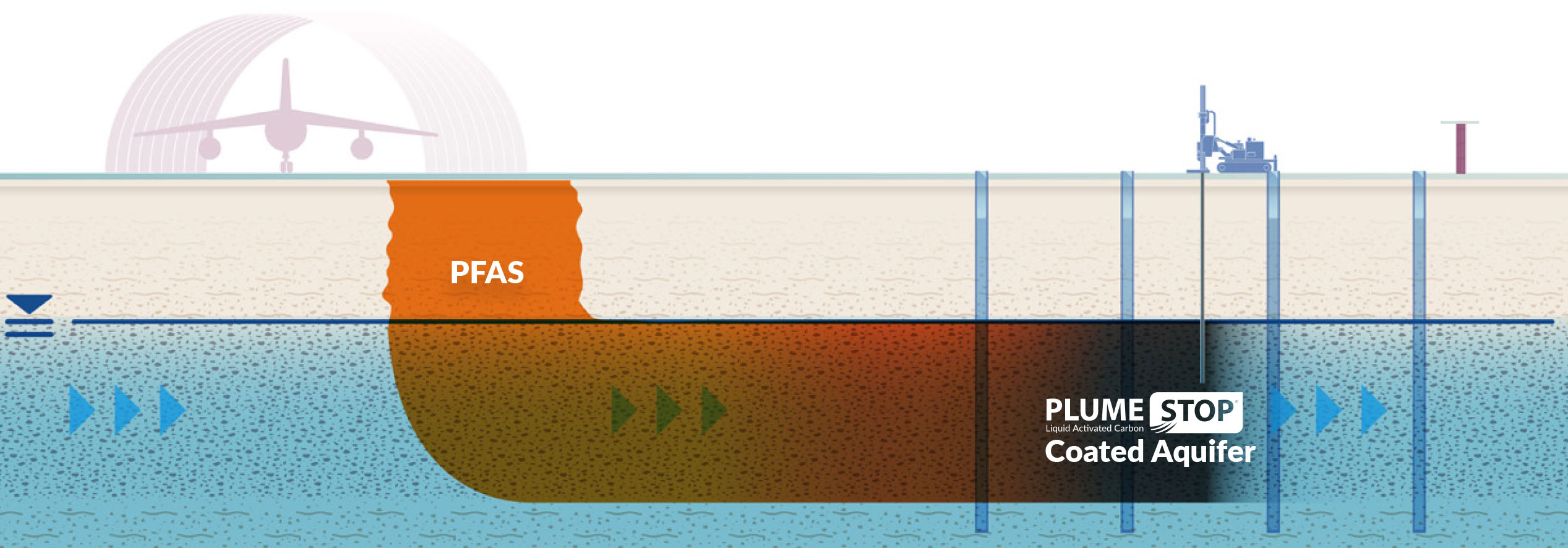Your Guide to PFAS Treatment Technologies and Perks
The occurrence of PFAS contamination in water sources necessitates an extensive understanding of available treatment innovations. Each modern technology not just targets details PFAS compounds but additionally plays a crucial duty in improving overall water top quality and securing environmental stability.
Understanding PFAS Contamination
Recognizing PFAS contamination is important for addressing its prevalent effect on ecological and human wellness (m270 pfas treatment). Per- and polyfluoroalkyl materials (PFAS) are a group of artificial chemicals widely used in various industrial and consumer items because of their water- and grease-resistant properties. Commonly discovered in firefighting foams, non-stick kitchenware, and water-repellent textiles, PFAS have gone into the setting with production processes, wastewater discharges, and leaching from land fills
Once launched, these substances linger in the environment, bring about prevalent contamination of soil and water sources. Their distinct chemical framework, defined by solid carbon-fluorine bonds, provides them resistant to deterioration, resulting in a phenomenon known as "permanently chemicals." PFAS can accumulate in the human body and the food chain, possibly triggering unfavorable wellness results, including immune system disruption, developmental problems, and a raised risk of particular cancers cells.
Governing agencies and wellness organizations are progressively recognizing the value of PFAS contamination, triggering initiatives to keep an eye on, evaluate, and mitigate its impacts. Comprehending the paths of PFAS contamination is crucial for notifying public plan and establishing reliable techniques to shield both ecological and human wellness.
Introduction of Therapy Technologies
Different therapy innovations have been developed to address the obstacles postured by PFAS contamination in water and dirt. These modern technologies can be generally classified into several categories, each with its unique devices and performance in eliminating PFAS compounds.
One prominent approach is ion exchange, which uses material materials to catch and get rid of PFAS from infected water. An additional innovation, progressed oxidation procedures (AOPs), uses solid oxidants and ultraviolet light to break down PFAS into much less unsafe compounds.

Turned On Carbon Purification
Turned on carbon purification is a commonly utilized technique for the elimination of PFAS from infected water, known for its capability to adsorb a broad variety of natural compounds. This modern technology utilizes triggered carbon, an extremely porous material with a substantial surface location, which assists in the binding of PFAS particles with physical adsorption. The efficiency of activated carbon in removing PFAS is influenced by numerous aspects, consisting of the kind of carbon utilized, the call time, and the focus of PFAS in the water.
One of the advantages of triggered carbon filtering is its convenience; it can be carried out in different arrangements, such as granular triggered carbon (GAC) systems or powdered activated carbon (SPECIAL-INTEREST GROUP) systems. GAC systems are typically used in larger-scale applications, while special-interest group can be utilized in smaller or short-lived arrangements. The innovation is reasonably very easy to operate and keep, making it easily accessible for lots of water treatment centers.

Ion Exchange Systems
Ion exchange systems represent another effective approach for the elimination of PFAS from polluted water, matching methods like triggered carbon filtration. These systems run on the principle of trading ions in the water with ions hung on a resin product. Ion exchange resins go can be especially formulated to target the adversely charged PFAS substances, successfully recording them and allowing cleaner water to pass through.
Among the primary benefits of ion exchange systems is their capability to remove a wide array of PFAS, including both long-chain and short-chain versions. This convenience makes them appropriate for various applications, varying from community water therapy to industrial processes. In addition, ion exchange systems can frequently attain lower detection restrictions for PFAS contrasted to a few other therapy approaches, hence enhancing water quality.
However, it is necessary to check and manage the regrowth of ion exchange media, as the performance can decline gradually as a result of saturation. Appropriate upkeep and replacement of the resin are essential for sustaining the system's performance. Generally, ion exchange systems supply a reliable and efficient solution for PFAS elimination, contributing substantially to secure alcohol consumption water standards and ecological protection.
Advanced Oxidation Processes
Advanced Oxidation Processes (AOPs) utilize effective oxidants to properly break down PFAS substances in infected water. These cutting-edge treatment approaches produce highly reactive types, such as hydroxyl radicals, that can damage down complex PFAS particles into less unsafe results. m270 pfas treatment. AOPs commonly employ mixes of ultraviolet (UV) light, ozone, hydrogen peroxide, or Fenton's reagent, enhancing the oxidation potential and improving destruction effectiveness
The primary advantage of AOPs hinges click for info on their ability to target a broad variety of PFAS compounds, including both long-chain and short-chain versions. This versatility is vital, as PFAS contamination frequently includes mixtures of various compounds with differing chemical structures. Moreover, AOPs can be incorporated right into existing water therapy systems, making them a functional option for lots of towns and industries.
However, the application of AOPs can be resource-intensive, calling for careful consideration of functional costs and energy intake. Additionally, while AOPs are effective in breaking down PFAS, they might not completely remove all byproducts, necessitating additional therapy actions - m270 pfas treatment. Generally, AOPs stand for a promising opportunity for attending to PFAS contamination, contributing to cleaner water sources and enhanced public health defense

Final Thought
To conclude, resolving PFAS contamination needs a comprehensive understanding of offered treatment modern technologies. Activated carbon purification, ion exchange systems, and progressed oxidation procedures each existing distinct advantages for efficiently getting rid of these dangerous compounds from water sources. By choosing the ideal innovation, areas can improve water high quality, safeguard public health and wellness, and minimize the environmental risks associated with PFAS exposure. Continued study and execution of these approaches are important for reliable management of PFAS contamination in affected locations.